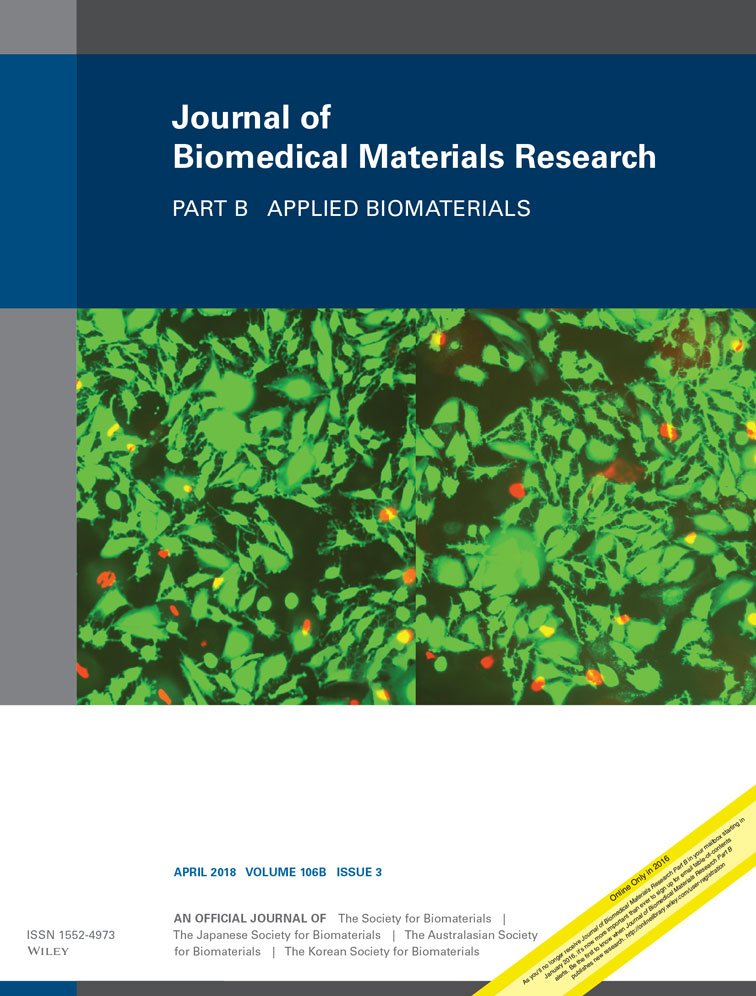Initial experiences with a new design for a preattached intravenous port device
Conflicts of interest: None
Abstract
All available conventional ports share a common design, including catheter, locking nut, and port body, and all share two sites of structural weakness. One site is the junction between the locking nut and the proximal end of the catheter. The other site is the catheter fixation site between the locking nut and the protruding stud of the connecting tube. To overcome these shortcomings, we designed a new type of intravenous port which combines the connecting tube into one piece. The aims of this study were to test the mechanical characteristics of the new design and assess its safety in animal study. The prototype of the preattached port was manufactured from biocompatible materials, including PEEK, silicone and polyurethane. All components were assembled with biocompatible glue and mechanical and safety tests were performed to determine the mechanical strength, and tissue reaction of surrounding soft tissue and entry vessels. The mechanical tests showed the new design would not lead to catheter fracture in the oscillation test. The traction test showed significant peak load (18.75 ± 3.29 vs. 26.61 ± 1.75 N; p = 0.036) because of the difference in catheter extension capacity (26.57 ± 4.28 vs. 47.93 ± 2.45 mm; p = 0.012). Significantly smaller endurable injection pressure was identified in the prototype. (90 ± 20 vs. 177.5± 9.48 psi; p = 0.01) The safety test showed good tolerance in beagle dogs and led to no intravascular thrombus and minimal reaction in surrounding tissues. The new prototype preattached port showed good mechanical strength and overcame two potential structural weakness points. The integrated fixation design not only reduced the dimensions of the port device but also provided a greater injection area compared to current designs. It did not cause intravascular thrombosis and produced minimal tissue reaction in surrounding soft tissue, as identified by autopsy. The new design of the fixation device could serve as the basis for the next generation of intravenous ports. © 2017 Wiley Periodicals, Inc. J Biomed Mater Res Part B: Appl Biomater, 106B: 1017–1027, 2018.




